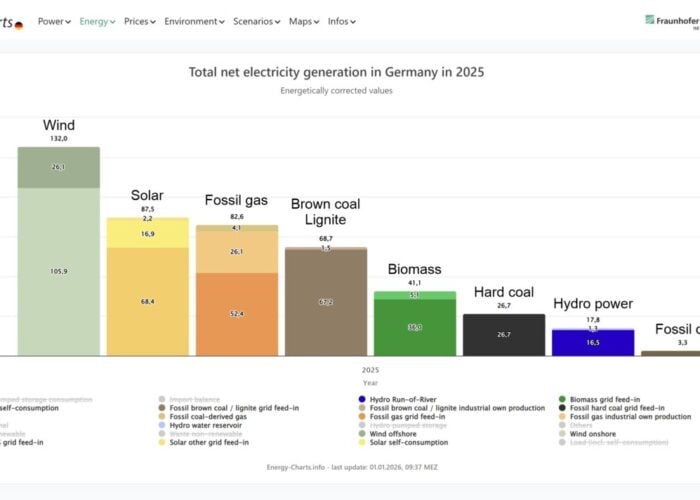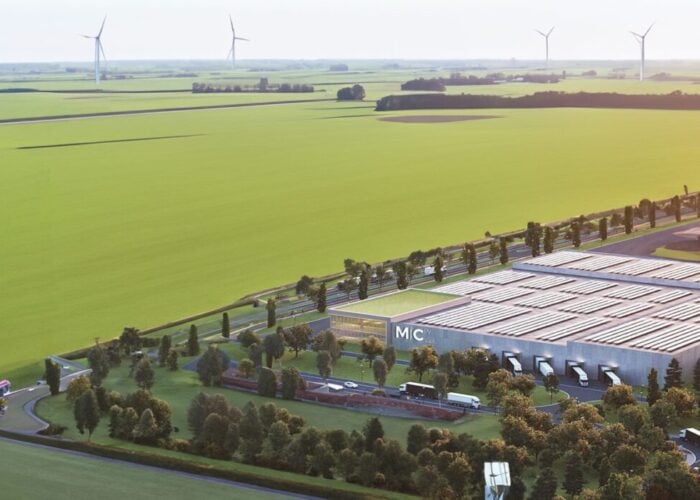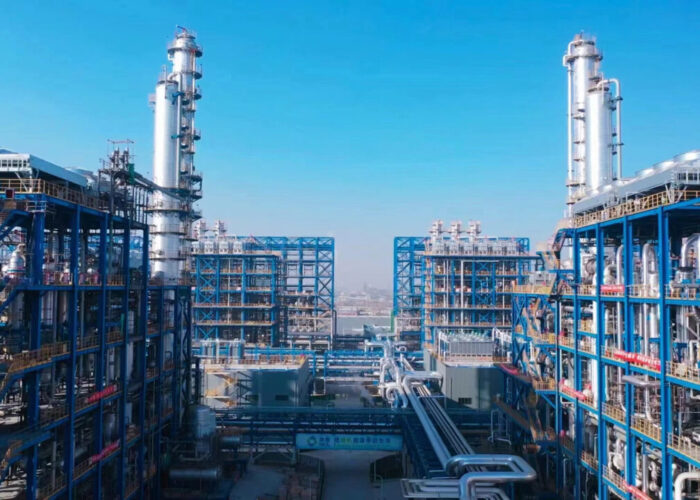Ukrainian President Viktor Yanukovych has signed off a new law that will reduce feed-in tariffs for solar power plants commissioned from April 2013.
Under law 5485-VI, ground-based stations will be cut from UAH4.8 to UAH3.5 (US$0.43), while for roof or wall-mounted installations with a capacity of over 100kW the FiT will decline from UAH4.6 to UAH3.6 (US$0.44). Roof or wall-mounted installations with a capacity of less than 100kW will drop from UAH4.4 to UAH3.7 (US$0.45).
Try Premium for just $1
- Full premium access for the first month at only $1
- Converts to an annual rate after 30 days unless cancelled
- Cancel anytime during the trial period
Premium Benefits
- Expert industry analysis and interviews
- Digital access to PV Tech Power journal
- Exclusive event discounts
Or get the full Premium subscription right away
Or continue reading this article for free
A feed-in tariff for households using solar modules with a capacity of up to 10kW will be introduced from 2014 at the level of UAH3.7.
Developer Activ Solar believes that the reduced FiT will have very little effect of projects already in development.
Markus Wölbitsch, Spokesman for Activ Solar said, “The lower tariff for solar ground-mounted installations will not be as attractive as before, but it will be offset by the decline of solar components prices that the market experienced in the last few months.
“At this stage we don’t think that we need to completely abandon a concrete project. We are currently trying to evaluate the changes in investor’s appetite for solar projects in Ukraine after the changes in the green tariff have been introduced.”
“The incentive of the green tariff in Ukraine was always to build as much as possible as early as possible. The tariff was always ending on 31 December 2029 and not in 20-25 years after completion of the project like in many mature solar markets,” concluded Wölbitsch.
For further feed-in tariff details, click here.






